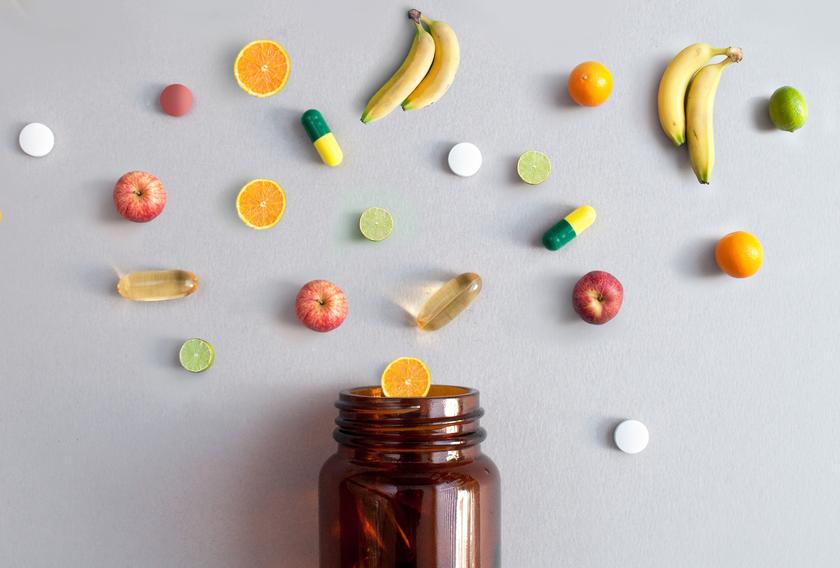Are Expensive Supplements Really Better?

Supplements are not all created equal! Natural products and supplement choices have exploded as Americans search for the next magic bullet for good health and longevity. On Amazon, 1 out of every 2 supplements sold is counterfeit. More recently, the FDA threatened legal action against Amazon for selling male energy supplements that contained undeclared quantities of Cialis and Viagra in them.[1] Frankly, identifying quality supplements is quite complex. In this article, I will attempt to point out many of the variables I’ve discovered over the years in my efforts to ensure the best quality, potency, purity, and production standards.
First, generally speaking, you DO get what you pay for with regard to supplements, and there are also expensive well-known brands that should be avoided. Still, if you are faced with making a decision when purchasing a supplement with no one to offer guidance, choose the more expensive and avoid the cheapest, generic supplements.
Second, carefully scrutinize the ‘other’ and ‘inactive’ ingredients on the labels and choose those with the fewest number of them. Binders, colors, coatings, sweeteners, and fillers are often potential allergens (e.g., yeast, gluten, corn, soy) or known carcinogens (e.g., food colors, talc, dyes, artificial sweeteners). Some harmless ones include silicon dioxide, cellulose, and citric acid.
Third, look for third-party tested supplements to ensure quality control and purity. One study of 55 different brands of vitamin D showed that the actual amount of vitamin D per dose varied from 9 to 146% of what the labels listed. Several years ago, Consumer Labs studied numerous brands of multivitamins and nearly half of them didn’t have in the bottles what the bottles listed were in the bottles.[3] Higher-end, reputable supplement manufacturers use the best raw materials, create formulations based on solid scientific data, and use third-party testing to ensure quality and purity of their products. These factors command a higher price.
Fourth, be aware that common contaminants found in vitamins and supplements include mold, pesticides, and heavy metals such as lead, arsenic, and mercury. You won’t see that listed on the label! While USP, GMP, and NPA are common quality seals on supplements that suggest it has met at least some minimum quality standards, it does not necessarily ensure top quality. There are many top quality supplements without these seals. Remember, supplements are not very regulated. So who are you going to trust?
Fifth, the amount of active ingredients varies widely across supplements. A supplement may appear great because of numerous healthy ingredients listed, such as CoQ10, turmeric, spirulina, chlorella, ginger, fruits, and vegetables, but they may be insignificant amounts that aren’t doing much good, if at all. It’s also noteworthy that the RDA (recommended daily allowance) is often very suboptimal. For instance, the RDA for vitamin C may be enough to prevent scurvy, but it’s hardly an optimal amount to support immune function, alleviate seasonal allergies, and neutralize the onslaught of free radicals and chemicals to which we are exposed on a daily basis.
Sixth, when looking at nutrient labels on vitamin and mineral supplements, it’s important to know the difference between their forms. You’ll notice, for example, that there are several forms of magnesium. Magnesium glycinate, magnesium oxide, magnesium citrate, and magnesium malate are all different chelated forms of magnesium. If your magnesium supplement is magnesium oxide, it’s nothing more than a good laxative. You aren’t absorbing that magnesium for its internal benefits. Calcium is another good example. Calcium carbonate is very inexpensive and also not well absorbed. If this is the form in your multivitamin, it’s time to find a better one.
Seventh, it seems intuitive that taking a ‘natural whole food’ supplement would be better than a synthetic form; however, that’s often not the case. A supplement claiming to have nothing but fruits and vegetables in it may be contaminated with pesticides, and it’s also difficult to get optimal doses of nutrients from fruits and vegetables. Sure, it’s obviously important to eat your fruits and vegetables, but these days our bodies require much more than those can provide. This is mainly due to depletion of nutrients available in soil, and increased toxins in the environment. Another reason that whole food based supplements may not be ideal for some is the yeast content. Yeast is a common allergen that could be affecting you without you realizing it.
Eighth, popularity does not mean quality. For instance, Centrum® is one of the most popular brands of multivitamin, however, it contains corn and soy (highly allergenic and genetically modified), 3 food dyes including red dye #40, Talc (yes, baby powder, and has been linked to cancer), and contains the cheapest and least absorbable minerals, namely calcium carbonate and magnesium oxide.
Ninth, there are synthetic and natural forms of many vitamins. Remember that synthetic means it has been man made through chemical synthesis. While some water soluble vitamins can be acceptable in their synthetic form, the fat-soluble dl-alpha vitamin E should be avoided! The best form of vitamin E is “mixed tocopherols”.
Overwhelmed? Well, we’ve done our homework and offer several product lines at our facility to make your life easier. And we’re happy to ship them to you.
Be Well. Choose Health.
[1] https://www.businessinsider.com/amazon-receives-fda-warning-over-male-energy-supplements-containing-viagra-2023
[2] https://www.westonaprice.org/health-topics/health-issues/dietary-supplements-what-the-industry-does-not-want-you-to-know/#gsc.tab=0
[3] O magazine, June 2004 (Article on Consumer Labs study)
Other Resources:
Blog, Herbs and Supplements, Holistic & Functional Nutrition: Trending Topics/ July 26, 2023. The Hidden Dangers of Buying Supplements on Amazon and eBay.
http://www.drwhitaker.com/choosing-the-best-supplements-to-take/
http://www.nytimes.com/2010/05/26/health/policy/26herbal.html
https://www.ncbi.nlm.nih.gov/pubmed/12867165


















